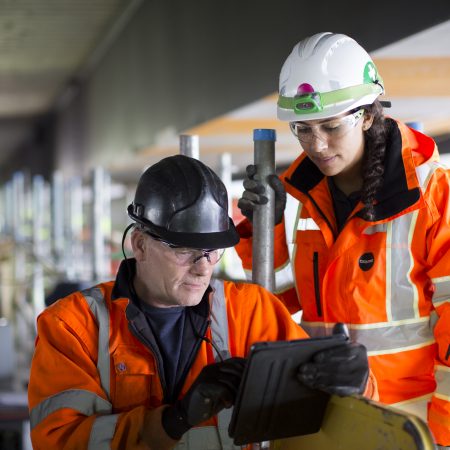How Digital Technology Helps De-Risk Construction Projects
Construction projects carry many risks that have to be managed. These include physical risks that relate to safety and the environment, and commercial risks relating to delays, costs and quality.
Digital technology can help to reduce and manage those risks more effectively. BIM creates a collaborative environment in which potential clashes and technical problems can be resolved in the design phase. It also provides more complete information for contractors and supply partners involved in the build.
In themselves, better communications and more complete information made possible by digital construction help to eliminate wasted effort and uncertainty that contribute to project risks. Digital technology also opens the way for risk management to become more collaborative.
Sharing, Not Shifting, Risks
Traditional business models have promoted an insular approach, where individual partners take responsibility for identifying and managing their own risks. And, let’s be honest, the adversarial procurement and contracting processes have also encouraged partners to offload risk wherever possible. This is a long way from the approach demanded by the Construction Sector Deal.
The Deal acknowledged that the industry’s problems were not going to be overcome by simply investing in digital solutions in an attempt to transform delivery processes. Business models had to change, procurement strategies had to be overhauled and, crucially, payment abuse had to be addressed.
Digital technology allows us to create a master risk register for every project before work begins. This can be visible to all partners. The likelihood and potential severity of risks are then known along with who is managing them and the identified measures to ameliorate those risks.
Shared Solutions
With new kinds of relationships supported by digital communications, it’s possible for all partners to evaluate how upstream risks could affect their work. It’s also possible to work together effectively to find solutions that reduce the impact on final project delivery and outcomes.
A smart risk register will help the industry to create more efficient and safer outcomes that meet clients’ clearly expressed needs. Greater transparency in risk management also accommodates Dame Judith Hackitt’s call for a “golden thread” of accountability.
Digital technology helps give greater certainty in meeting completion dates and keeping within the cost plan. Above all, it will help eradicate the endemic waste resulting from an industry and client mindset that believes added value is generally secured by maximising risk transfer.
Click here to find out more about how we utilise digital technology such as BIM in our projects.

